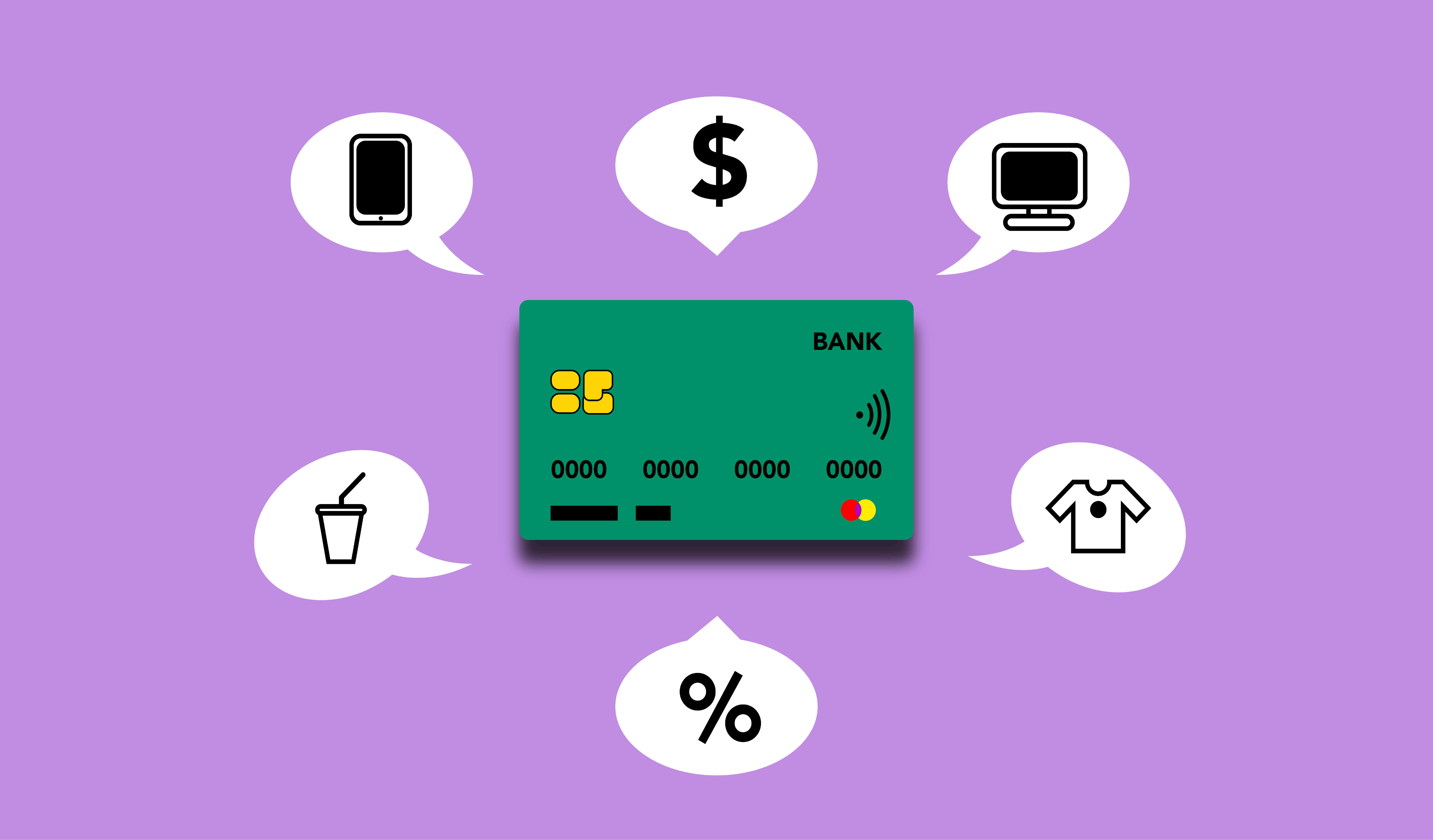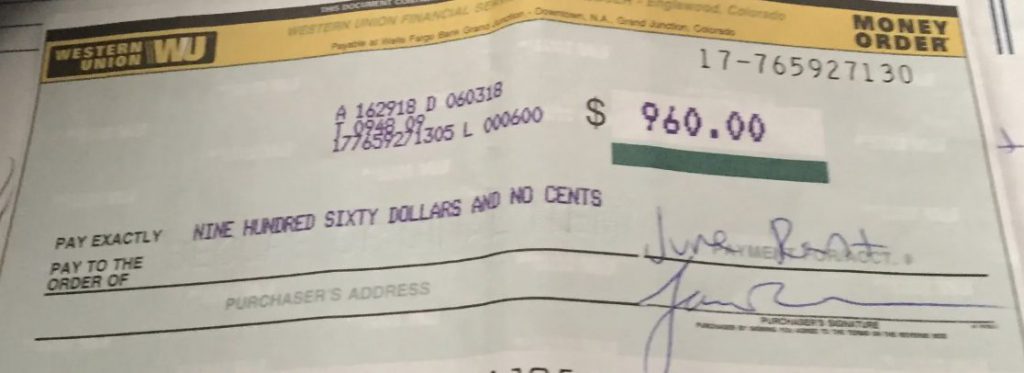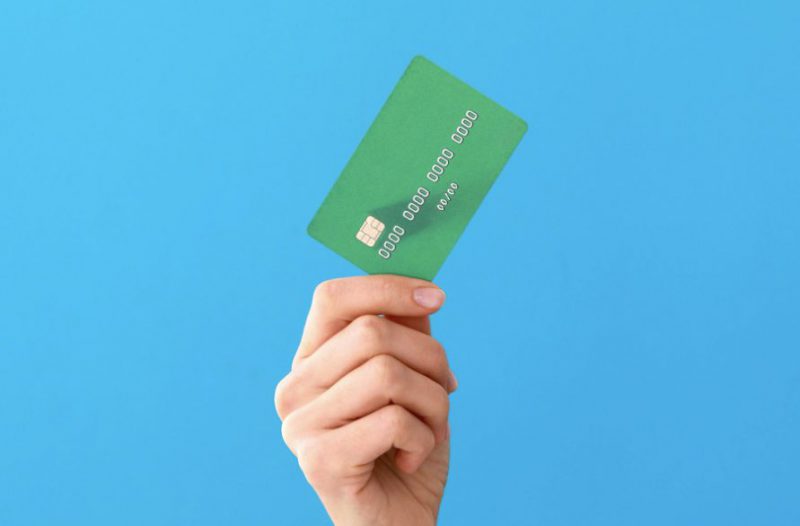Can you buy a money order with a credit card?
If you find yourself in a situation where you need to make a payment or send funds, a money order can be a safe and secure alternative to a personal check or cash.
However, you may wonder if buying a money order with a credit card is possible. While technically possible, several factors must be considered before using a credit card.
This article will explore the pros and cons of buying a money order with a credit card, alternative payment methods, and important considerations to remember.
Also read: Crypto Donations: A Preferred Choice for 32% of Philanthropists

Understanding Money Orders
Before we delve into the details of using a credit card to purchase a money order, let’s first understand what a money order is.
A money order is a paper document that is a guaranteed payment form.
Similar to a personal check, you can use a money order to make payments for various purposes, such as paying rent, bills, or even online orders with select retailers.
Money orders are typically purchased upfront with cash or a debit card, assuring the recipient that the payment is guaranteed.
Pros and Cons of Using a Money Order
There are several advantages to using a money order for your payment needs:
- Funds Guarantees: Unlike personal checks, money orders require payment upfront, ensuring that the funds are guaranteed.
This makes money orders a preferred payment method for many merchants who may not accept personal checks due to the risk of insufficient funds. - No Bank Account Required: Money orders can be purchased at various locations, such as post offices or retailers, making them accessible to individuals without bank accounts.
- Enhanced Security: Money orders contain less personal information than personal checks, reducing the risk of identity theft.
Additionally, money orders are more secure than cash when mailing payments, as they can be replaced if lost or stolen for a fee. - International Use: If you need to send money to another country, you can purchase a money order in a foreign currency, which is impossible with a personal check.
While money orders offer these advantages, it’s important to consider the associated costs. Money orders are not free, and fees can vary depending on the issuer.
For example, the U.S. Postal Service charges up to $2.40 for domestic money orders and higher fees for international money orders.
Can you buy a money order with a credit card?


While buying a money order with a credit card is technically possible, it’s generally not recommended.
Most places that issue money orders only accept cash or debit cards.
However, there are a few exceptions. Currently, 7-Eleven stores and Western Union allow customers to purchase money orders with a credit card.
It’s important to note that if you choose to use a credit card to buy a money order, your credit card company may treat it as a cash advance.
This means that you may be subject to additional fees and higher interest rates compared to regular credit card purchases. Cash advances often have higher interest rates and start accruing interest immediately, without the benefit of a grace period.
Credit card issuers may also charge a cash advance fee, typically a percentage of the transaction amount with a minimum fee.
Costs of Buying a Money Order With a Credit Card
If you decide to use a credit card to purchase a money order, there are several costs to consider:
- Cash Advance Fee: Most credit cards charge a cash advance fee, which is typically a percentage of the transaction amount with a minimum fee.
This fee can range from 5% of the transaction amount or more, with a minimum fee of $5 to $10. For example, if you purchase a $1,000 money order, you could incur a fee of $50 on top of the money order fee. - Cash Advance APR: Credit cards often have higher interest rates for cash advances compared to regular purchases. The cash advance APR can be significantly higher, sometimes reaching up to 29.99%.
If your regular purchase APR is lower, using a credit card for a money order could result in higher interest charges. - No Grace Period: Unlike regular credit card purchases, cash advances typically do not have a grace period.
This means that interest starts accruing from the transaction date without the benefit of an interest-free period between your statement date and the due date.
Considering these additional costs and their potential impact on your credit utilization ratio, it’s advisable to explore alternative payment methods before resorting to using a credit card for a money order.
Money Order Alternatives to Consider
If you find yourself in a situation where you need to make a payment but don’t have enough cash on hand for a money order, there are several alternative payment methods to consider:
- Credit Card Payment: Check with the recipient to see if they accept credit card payments directly. Many merchants, including utility companies and landlords, offer online payment options where you can use your credit card.
While some may charge a small convenience fee, it is often cheaper than the fees associated with money orders and cash advances. - Personal Loan: If you need to make a larger payment, such as paying rent or making a big purchase from an individual, you may consider applying for a personal loan.
Personal loans typically have lower interest rates than cash advances, making them more cost-effective. - Salary Advance: Speak with your employer’s payroll manager to inquire about the possibility of receiving an advance on your next paycheck. This can provide you with the funds you need without resorting to costly payment methods.
- Earn extra cash: Consider selling items you own or taking on a side gig to free up cash quickly for your payment needs.
Before deciding on an alternative payment method, it’s important to carefully evaluate the associated costs and consider which option best suits your situation.
How to Use a Money Order


If you decide to purchase a money order, knowing how to use it effectively is essential. Here are the steps to follow when using a money order:
- Purchase the money order: Visit a location that sells money orders, such as a post office, retailer, or bank. Provide the necessary funds and any required identification to purchase the money order.
- Fill out the money order: Write the name and address of the recipient on the money order. Ensure that the name is spelled correctly, as the recipient’s identification will be checked when they attempt to cash it. Sign the money order and keep the receipt for your records.
- Deliver or Mail the Money Order: Depending on the recipient’s preference, you can either hand-deliver the money order or mail it to their address.
- Recipient Cashes the Money Order: The recipient can then cash the money order by taking it to a bank, credit union, check-cashing store, or the issuing location. They will need to provide identification and sign the back of the money order.
It’s important to note that money orders do not expire, but some issuers may start charging monthly service fees if the money order is not cashed within a certain timeframe.
Review the terms and conditions provided with the money order to understand any applicable fees and expiration guidelines.
Also read: Abu Dhabi: Standard Chartered’s Crypto Firm Zodia Gets Broker Approval
Protecting Yourself from Money Order Scams
While money orders can be a secure payment method, it’s essential to be aware of potential scams.
Scammers may attempt to use forged or fake money orders to commit fraud. Here are some tips to protect yourself from money order scams:
- Verify Funds: Before cashing a money order, contact the issuer listed on the money order to confirm its authenticity.
- Look for Signs of Forgery: Inspect the money order for any signs of tampering or forgery. If you suspect that a money order is fake, take it to the issuing location for verification.
- Avoid Unknown Individuals: Be cautious when dealing with individuals you don’t know who insist on using money orders for transactions. Conduct transactions in person whenever possible.
- Be Wary of Overpayment Requests: Be cautious if someone sends you a money order for more than the agreed-upon amount and asks for a refund of the excess funds. This is a common scam tactic.
- Educate Yourself: Familiarize yourself with common money order scams to recognize warning signs and protect yourself from fraudulent activities.
By staying vigilant and following these precautions, you can minimize the risk of falling victim to money order scams.
Conclusion
While it is possible to buy a money order with a credit card, it is generally not recommended due to the associated costs and potential impact on your credit card terms.
Cash advances often come with high fees, higher interest rates, and no grace period.
It’s advisable to explore alternative payment methods before resorting to using a credit card for a money order.
Consider options such as credit card payments, personal loans, salary advances, or finding ways to earn extra cash.
When using a money order, make sure to fill it out correctly, deliver it securely, and keep the necessary documentation. Finally, be aware of potential money order scams and take steps to protect yourself from fraudulent activities.





